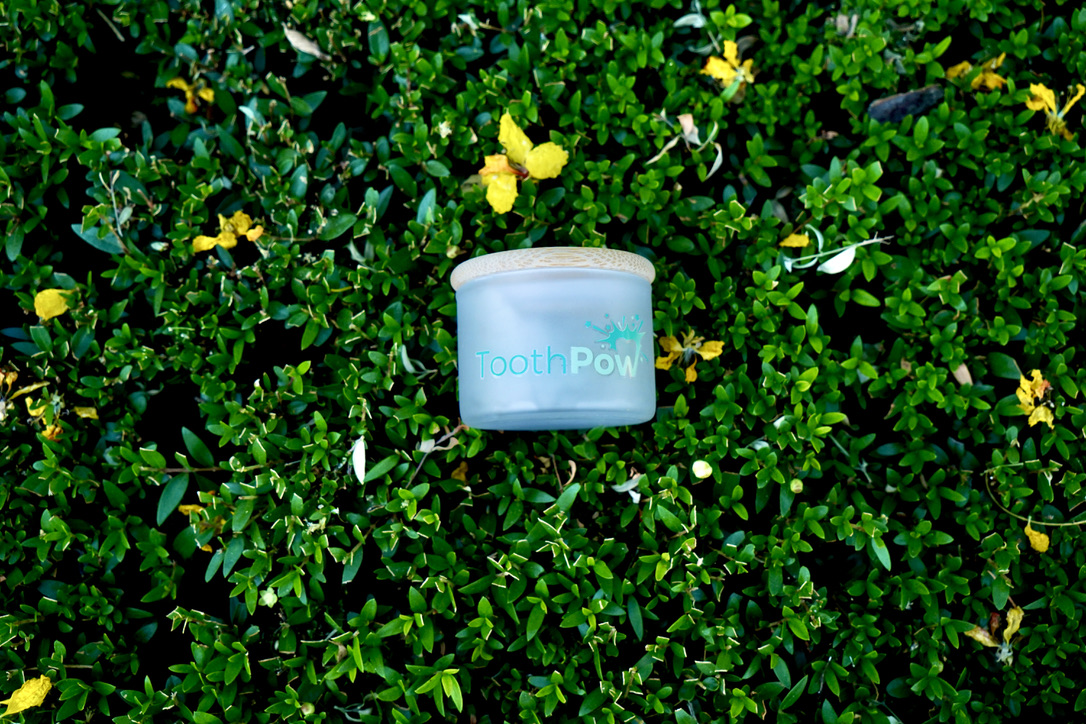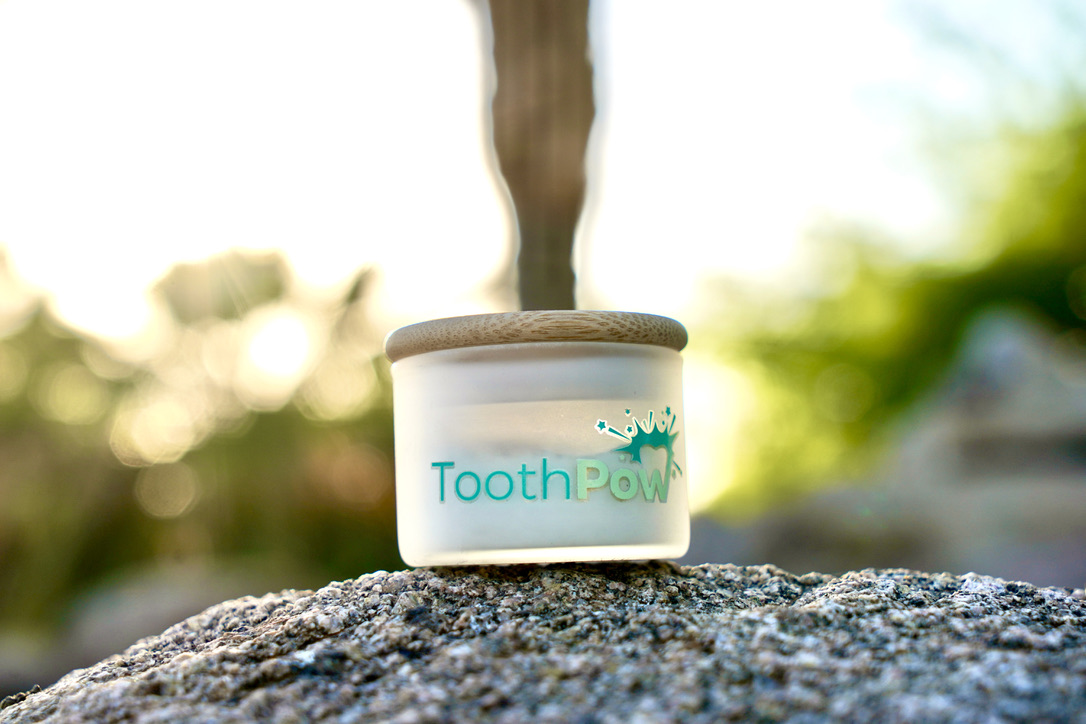Introduction
Dental caries and other oral health issues continue to be significant global health problems. Traditional methods of addressing these problems, primarily through the use of fluoride, have proven effective. However, the potential risks associated with fluoride, particularly in young children, have prompted researchers to explore alternative solutions. One such promising alternative is nano-hydroxyapatite (nano-HA), a biomaterial with significant applications in preventive, restorative, and regenerative dentistry.
Nano-hydroxyapatite is a synthetic form of hydroxyapatite, the primary mineral component of tooth enamel and bone. Due to its biocompatibility and ability to integrate with natural tooth and bone structures, nano-HA has gained considerable attention in dental research. This article aims to provide a detailed review of the literature on nano-hydroxyapatite, highlighting its benefits and applications in dentistry.
Preventive Dentistry
Enamel Remineralization
Nano-hydroxyapatite has shown significant potential in the remineralization of initial enamel lesions. Studies have demonstrated that nano-HA can effectively repair demineralized enamel by depositing hydroxyapatite crystals onto the enamel surface, thereby restoring its structure and hardness. This process is superior to conventional fluoride treatments in several ways:
Chemical Similarity: Nano-HA is chemically similar to natural enamel, allowing it to bond more effectively and integrate seamlessly into the enamel structure. Source
Enhanced Remineralization: Research by Huang et al. (2011) found that nano-HA can remineralize enamel lesions more effectively than fluoride, particularly at higher concentrations. This study highlighted the potential of nano-HA in preventive dentistry, particularly for children and individuals with fluoride sensitivity. Source
Antibacterial Properties: In addition to remineralization, nano-HA has demonstrated antibacterial properties that help reduce the colonization of cariogenic bacteria such as Streptococcus mutans, further protecting against caries development. Source
Sensitivity Reduction
Tooth sensitivity is a common issue, often caused by enamel erosion and exposure of dentin. Nano-HA has been found to effectively reduce tooth sensitivity by occluding dentinal tubules and forming a protective layer over exposed dentin. A study by Tschoppe et al. (2011) demonstrated that toothpaste containing nano-HA significantly reduced sensitivity in patients compared to those using fluoride toothpaste. Source

Restorative Dentistry
Glass Ionomer Cements (GICs)
Nano-hydroxyapatite has been explored as an additive to traditional dental materials to enhance their properties. One such application is in glass ionomer cements (GICs), which are commonly used for restorative purposes. Adding nano-HA to GICs has shown to improve their mechanical properties, including compressive strength, microhardness, and adhesion to tooth structures.
Improved Mechanical Properties: A study by Moshaverinia et al. (2008) demonstrated that the incorporation of nano-HA into conventional GICs significantly enhanced their mechanical properties, making them more durable and resistant to wear. Source
Biocompatibility: The biocompatibility of nano-HA ensures that it integrates well with natural tooth and bone tissues, reducing the risk of adverse reactions and promoting better outcomes in restorative procedures. Source
Composite Resins
Composite resins are widely used in restorative dentistry due to their aesthetic appeal and versatility. The addition of nano-HA to composite resins has been investigated to enhance their properties.
Enhanced Remineralization: Nano-HA can promote the remineralization of the surrounding tooth structure, providing a dual function of restoration and protection. Source
Improved Mechanical Strength: Studies have shown that nano-HA-reinforced composite resins exhibit improved mechanical strength, making them more resistant to fractures and wear. Source
Regenerative Dentistry
Bone Grafting and Regeneration
Nano-hydroxyapatite's ability to chemically bond to bone and stimulate bone growth makes it an ideal material for regenerative applications in dentistry. It has been widely used in periodontology and oral and maxillofacial surgery for bone grafting and regeneration.
Osteoinductive Properties: Nano-HA can promote the differentiation of osteoblasts, the cells responsible for bone formation. This property makes it highly effective in bone regeneration procedures. Source
Bone Integration: Nano-HA has been shown to improve the integration of dental implants with the surrounding bone, enhancing the stability and longevity of implants. A study by Schlagenhauf et al. (2019) highlighted the benefits of nano-HA in improving bone-to-implant integration. Source
Non-Toxic and Non-Inflammatory: Nano-HA does not induce toxicity or inflammation, making it a safe material for use in various dental procedures. This biocompatibility is crucial for the success of regenerative treatments. Source
Experimental and Future Applications
Experimental Dental Materials
Researchers are continually exploring new dental materials that incorporate nano-hydroxyapatite to leverage its unique properties. Experimental studies have shown promising results in various applications, including:
Nano-HA Coatings: Coating dental implants and prosthetics with nano-HA can improve their integration with natural tissues and enhance their durability. Source
Bioactive Gels: Nano-HA-infused gels are being developed for use in preventive and regenerative dentistry. These gels can be applied directly to the teeth or gums to promote remineralization and tissue regeneration. Source
Future Research Directions
While the current applications of nano-hydroxyapatite are promising, ongoing research aims to further expand its use in dentistry. Potential future directions include:
Advanced Remineralization Systems: Developing more effective remineralization systems that incorporate nano-HA and other bioactive compounds to enhance their efficacy. Source
Customizable Nano-HA Formulations: Creating customizable formulations of nano-HA to address specific dental needs, such as targeted treatments for different types of caries or sensitivity issues. Source
Long-Term Clinical Trials: Conducting long-term clinical trials to assess the durability and effectiveness of nano-HA in various dental applications over extended periods. Source
Conclusion
Nano-hydroxyapatite represents a significant advancement in dental materials, offering numerous benefits in preventive, restorative, and regenerative dentistry. Its ability to remineralize enamel, reduce sensitivity, enhance the properties of dental materials, and promote bone regeneration makes it a versatile and valuable tool in modern dental practice. As research continues to evolve, the applications of nano-HA are expected to expand, providing even more effective and safer solutions for maintaining oral health.
The wealth of scientific evidence supporting the use of nano-hydroxyapatite underscores its potential as a cornerstone of future dental care. For dental professionals and patients alike, embracing nano-HA could lead to improved outcomes and a new standard of excellence in oral health care.


